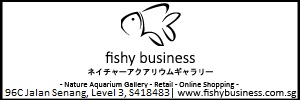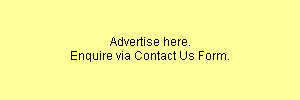Do you have an aquarium blog?
If you do, and you would like to get more interaction with aquarium hobbyists (i.e. AQ members), AQ can automatically read your RSS feeds and post your new blog entries as AQ threads. This should encourage more views and interaction. AQ will of course preserve the links back to your blog.
You can control what gets published to AQ by using categories/labels/tags, so no need to worry that non-aquarium related posts gets here.
If you are interested, PM Vinz to discuss the technical details.









 Reply With Quote
Reply With Quote





Bookmarks